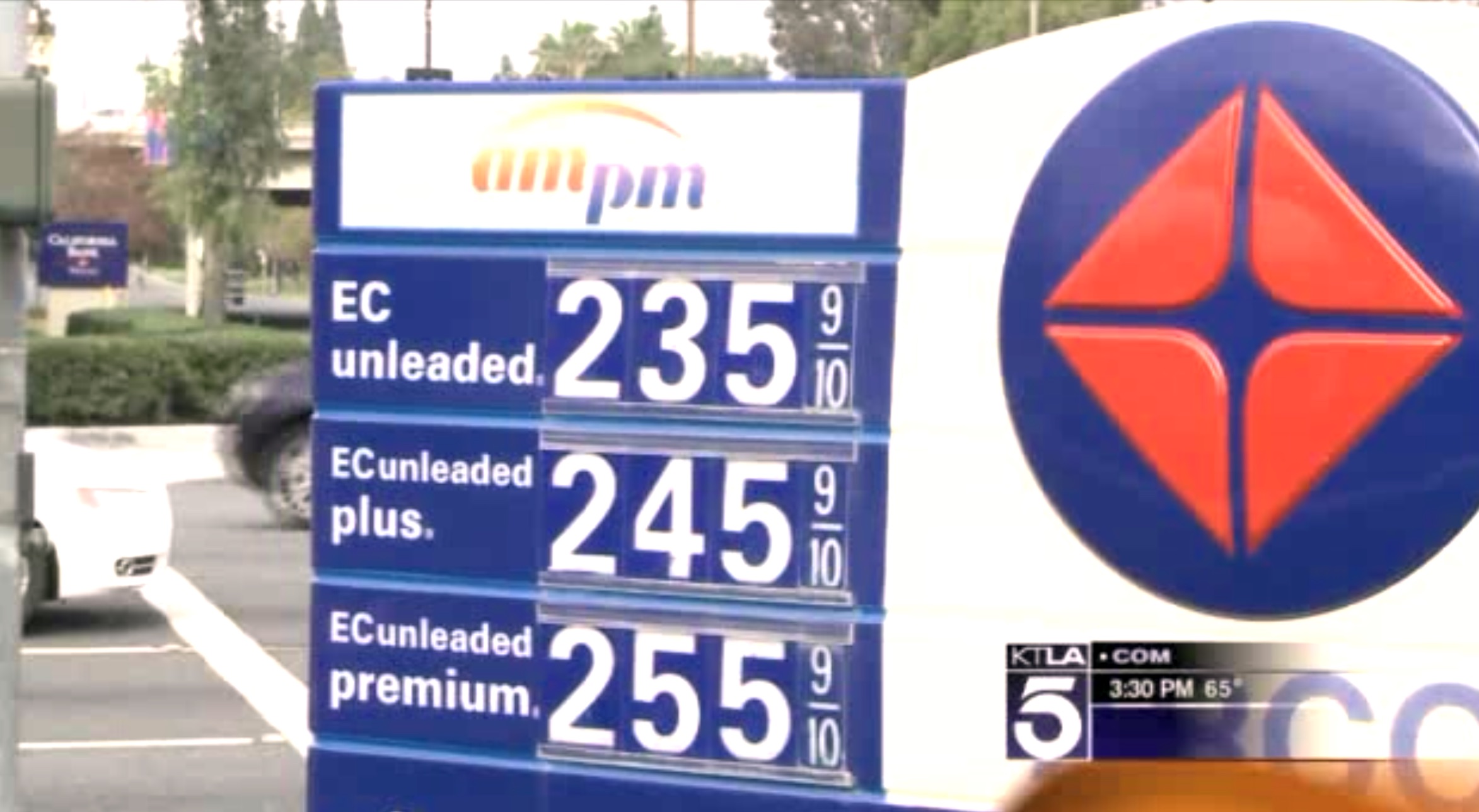I Come To Bury Renewable Fuel Standards

Will this presidential election be the most important in American history?
Originally posted by Paul Driessen at TownHall.com
Few congressional observers ever expected that U.S. Senators Dianne Feinstein (D-CA) and Pat Toomey (R-PA) would cosponsor the “Corn Ethanol Mandate Elimination Act,” to abolish the corn ethanol Renewable Fuel Standard (RFS), which requires that increasing volumes of this biofuel be blended into gasoline. Their collaboration again proves the adage that politics often makes strange bedfellows.
The RFS was a mistake when enacted ten years ago. Since then, despite attempts to curtail it, the program has expanded and had more lives than Freddy Krueger. Perhaps the senators are now paraphrasing William Shakespeare and Marc Antony, saying “I come to bury the ethanol RFS, not to praise it.”
Renewable fuels advocates are predictably fighting back. They say ethanol is vital to agricultural sector jobs and revenues, “homegrown fuels” diversify our energy mix and reduce foreign imports, and biofuels help prevent “dangerous manmade climate change.” The claims do not withstand scrutiny.
Ethanol has already “hit the blend wall,” the senators point out. Even current ethanol production mandates result in more ethanol than can be used safely in gasoline. That and fewer miles driven of late means refinery “blend targets” have already been met for E10 (10% ethanol) gasoline. More ethanol would impair automotive engine systems and void warranties. All this results in surplus ethanol, increasing corn grower demands for E15mandates or permits (15% ethanol), and worse market and ecological effects.
And still federal law requires that the ethanol mandate must keep rising: from 9 billion gallons of ethanol in 2008 to 14 billion now and 36 billion gallons by 2022. That would exacerbate all these problems.
America is already plowing an area larger than Iowa to grow corn for ethanol, and turning nearly 40% of all its corn into ethanol. The guaranteed income incentivizes farmers to take land out of wheat and rye, conservation easements, pasture land and wildlife habitat – and grow corn instead. Converting these vast fields of corn into ethanol requires enormous amounts of irrigation water, fertilizers, pesticides, and gasoline or diesel fuel to grow, harvest and ship the corn … and more gasoline, diesel and natural gas to produce and transport the ethanol.
Corn growers make money, since they are protected by annual ethanol blend mandates that guarantee a demand, market and high price for their output. But there is no comparable “renewable protein standard” to guarantee a market for statutorily mandated quantities of poultry, pork, beef, eggs and fish.
Read the entire commentary here.



